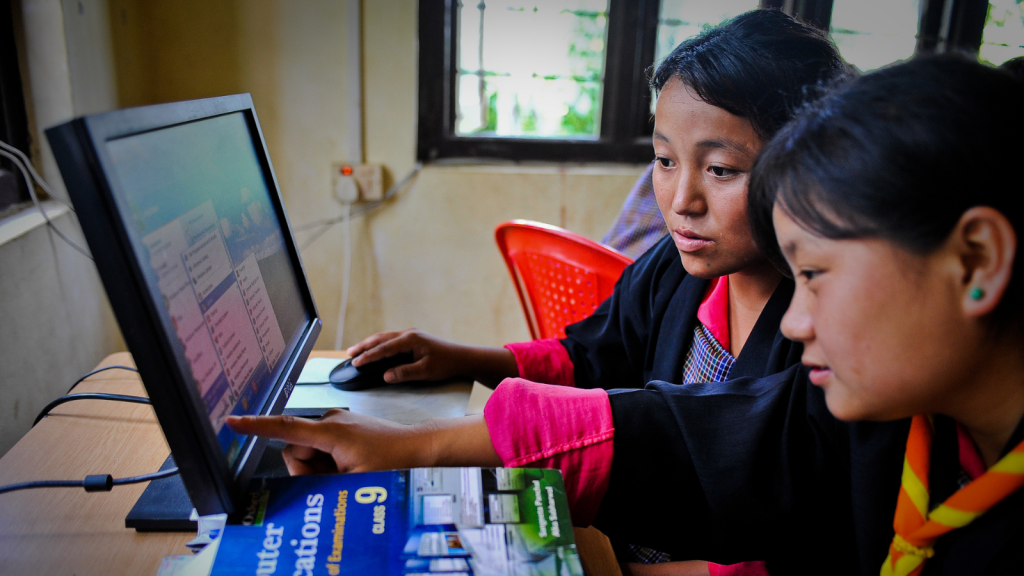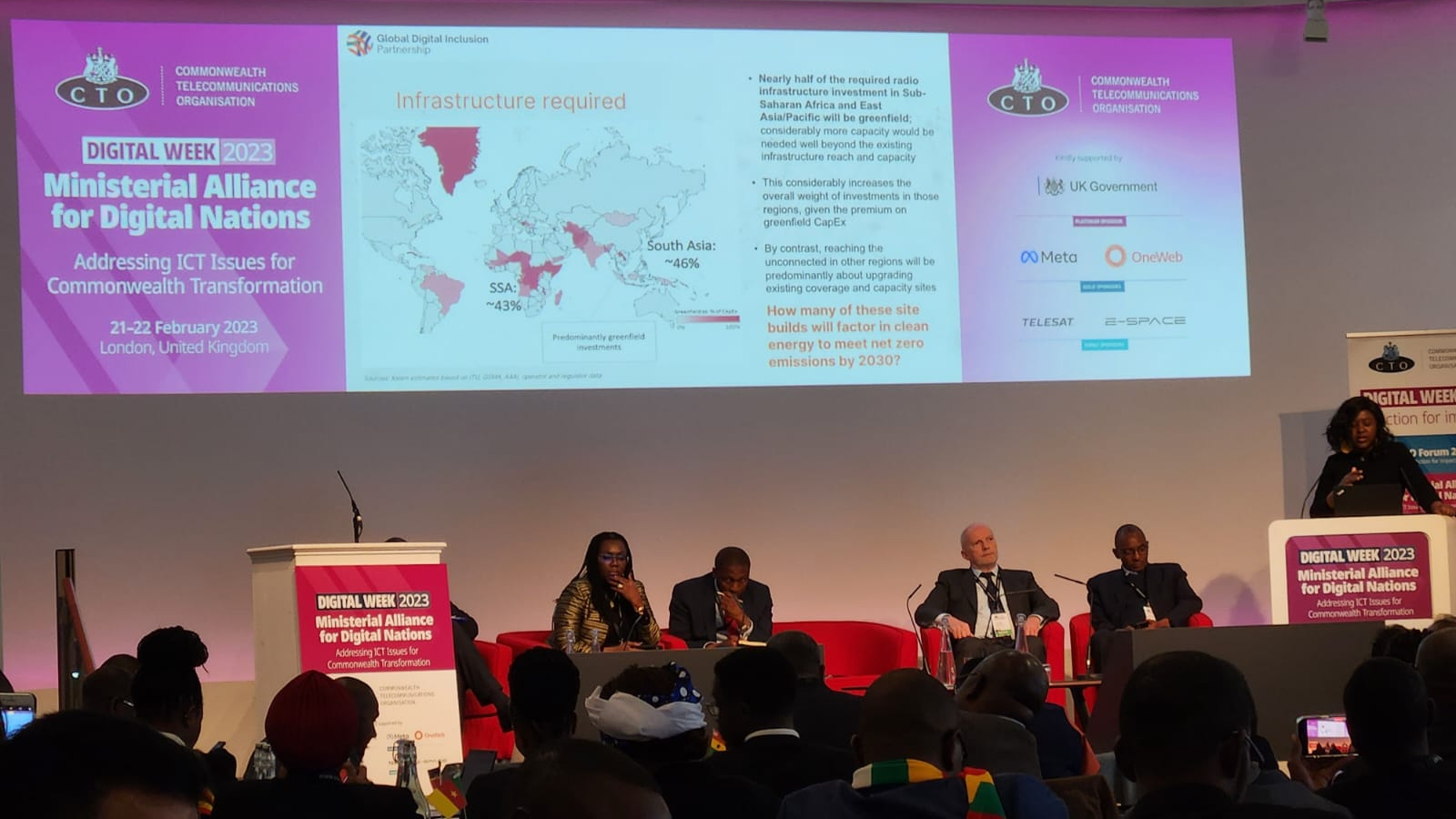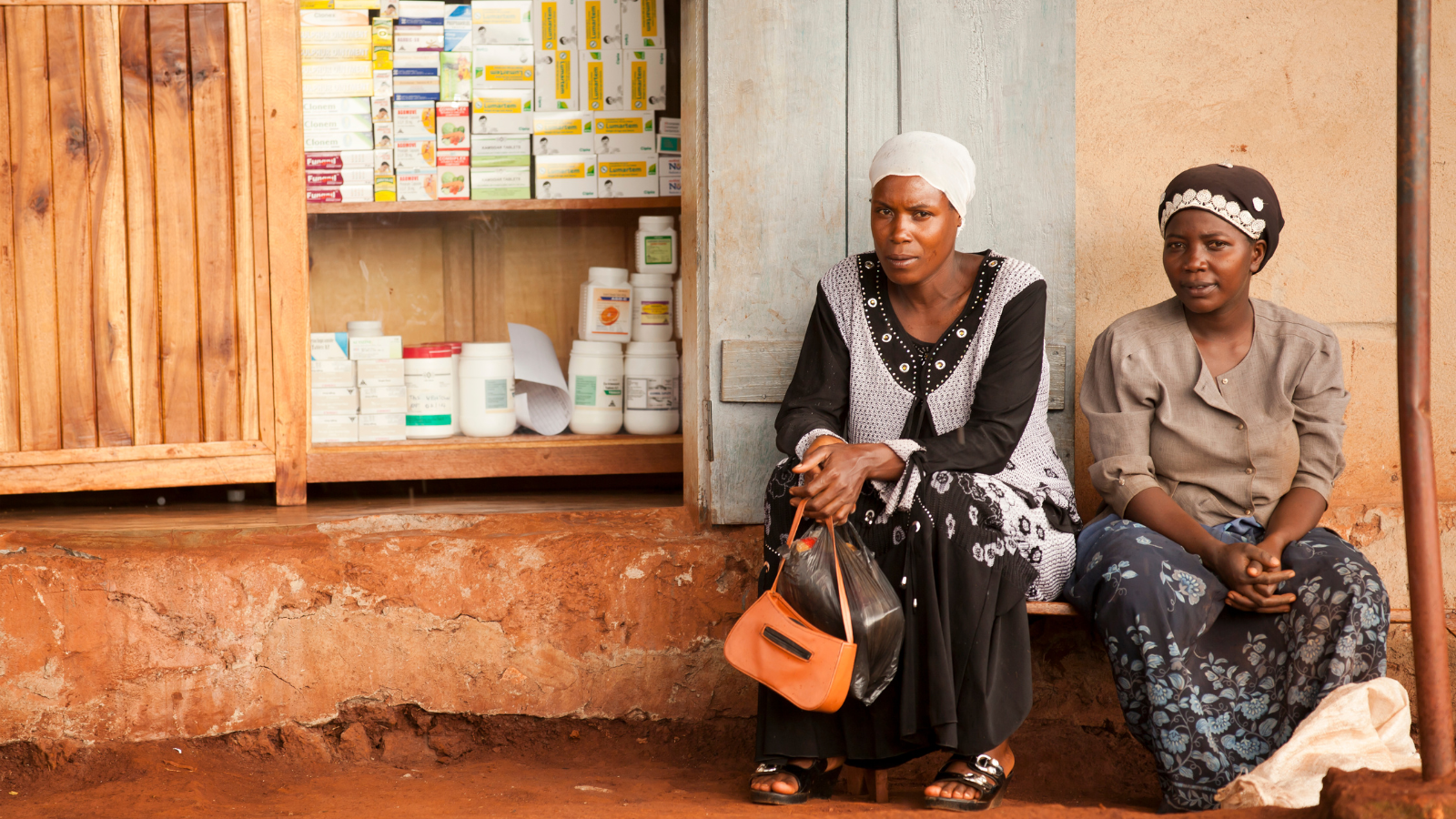This post was written by Eleanor Sarpong, Senior Advisor to the Global Digital Inclusion Partnership (GDIP).
NOTE: On 05 March 2023, ITU released Facts and Figures: Focus on Least Developed Countries, where the latest data shows the share of the population in the least developed countries using the internet reached 36% in 2022.
The city of Barcelona is hosting many stakeholders for the Mobile World Congress this week, where there is a real buzz around artificial intelligence (AI), ChatGPT, and more. Yet in the same week, we heard the UN Secretary-General’s warning that the UN’s global goals are “tremendously off track” to meet the 2030 SDGs.
Although “universal internet access” and “meaningful connectivity” have emerged as popular terms post-covid, globally, over 2.7 billion people are yet to connect to the internet. That’s nearly the total population of the 56 countries that make up the Commonwealth.
In the Least Developed Countries (LDCs), only 1 in 4 have internet access, meaning their populations are cut off from the benefits of the digital revolution. But that’s not all. Digital inequalities also fall along income, gender, and geography lines. Where there is even connectivity, huge disparities exist, with less than half the population of rural areas using the internet compared to urban dwellers.


Women also face unique economic and societal factors that discourage them from participating in the online world, resulting in a high digital gender gap as seen in regions like South Asia and Sub-Saharan Africa.
So, when 25 ICT ministers from countries across the Commonwealth gathered in London last week at the inaugural Ministerial Alliance for Digital Nations convened by the Commonwealth Telecoms Organisation (CTO), it was a rallying call for action to tackle these inequalities head-on with practical, sustainable solutions.
Universal meaningful connectivity needs the right infrastructure to give users secure and quality access to the internet’s most powerful features, such as online learning, video streaming, telehealth, commercial transactions, digital payments, and more. Globally, US$ 428 billion is needed in infrastructure investments to give everyone broadband access by 2030.

As we approach 2025, at least 75% of the global population must have a minimum of affordable broadband internet in alignment with the UN Broadband Commission targets. This is only possible if we work collectively in spite of the challenging macroeconomic environment, geopolitical and climate risks. Here are three strategic actions countries should consider:
Develop a coherent digital policy roadmap
A clear digital roadmap combined with regulatory certainty and a supportive business environment can spur increased investment. This must be holistic in nature. To succeed, digital transformation must take a whole-of-government approach and not sit with only one state entity.
For instance, digital and ICT ministers must collaborate closely with the ministries of finance, education, energy, and others, ensuring any roadmap developed is well supported at the executive level and backed with the needed resources. Given the unique nature of countries and their respective governments, any roadmap developed must factor in-country and sub-regional contexts.
A good reference point for the sequence of objectives and priorities to include in a roadmap can be found in the Broadband Commission’s Connecting Africa Through Broadband report.
| Roadmap for Universal Access to Affordable and Good Quality Broadband 1. Ensure that the commercial broadband market is open and structurally prepared for competitive private investment. 2. Reduce non-economic costs and risks of market entry and investment. 3. Provide public/donor funding support for larger, high-cost infrastructure investments to reduce risk and increase commercial viability. 4. Expand the market through government procurement and implementation of broadband based digital services, networks, and facilities. 5. Provide direct funding support for extending affordable broadband access to commercially challenging rural and remote areas, to women, and low-income users under a Mobilising Finance for Development approach. 6. Increase ICT market commercial attractiveness through demand stimulation and affordability initiatives. 7. Promote long-term sustainability by ensuring that appropriate technical skills to operate and maintain digital infrastructure are increasingly available on the continent. |
Secure innovative financing, including Universal Service and Access Funds (USAFs)
Neither the government nor the private sector alone can shoulder the cost of building a thriving digital nation. Currently, the private sector is doing a lot of the heavy lifting and is expected to continue doing so within this decade, investing US$ 288 billion or about 70% of the US$ 428 billion needed for infrastructure.
Governments are expected to pick up the remaining US$ 140 billion from public sources such as government funds, development aid, and multilateral development banks. But one often overlooked source of public and locally generated funds is the Universal Service and Access Funds. These funds are communal funds set up by law to collect mandatory contributions mainly from telecommunications providers—and, in some cases, electricity providers—to expand internet access to underserved communities.

Some of these funds have been beset with challenges, such as legislative and administrative bottlenecks, lack of transparency in disbursements, and little accountability. For example, research on the use of USAFs showed US$ 408 million of funds from African countries sitting unused in a 2018 report. And a 2021 research from Latin America and the Caribbean unearthed US$ 7 billion hoarded or diverted for purposes other than ICT development.
Could these funds be pooled at sub-regional level into a revolving investment fund that countries could tap into? That’s an idea CTO’s Secretary General Bernadette Lewis is willing to explore further.
Leverage partnerships
The race to secure universal access needs new business models and persuasive business cases to expand reach to rural, low-density populations and often low-income regions. Strategic collaborations between governments, the private sector, and civil society are essential.
Community-owned and cooperative networks have successfully complemented legacy service providers in connecting scattered low-population communities. Exploring a mix of subsidies from either government, faith-based organisations, or nonprofits such as the Association for Progressive Communications (APC), Internet Society and others, have been able to connect communities in Uganda (Bosco), South Africa (Zenzeleni) and South America (Rhizomatica).
Other commercial partnership models like the Internet Para Todos in Peru brought together Telefonica, Meta, IDB Invest, and CAF (Development Bank of Latin America) in a revenue-sharing model to expand connectivity to rural populations. The partnership estimates six million Peruvians are now connected to the internet.
Collaborations in policy and implementation of projects can fast-track countries on their digital development journeys. This is why for the next eight years, the Global Digital Inclusion Partnerships (GDIP) will be laser-focused on ensuring meaningful access is a reality for the global majority. GDIP does this by bringing together governments, the private sector, and civil society to tackle the key barriers in a consultative way supported by a unique multi-stakeholder decision process.
As world leaders gather next week in Doha for the LDC5 Conference to raise new pledges of support and spur delivery on agreed commitments, I hope the talk will be backed by action. We already know what it takes. Let us use the remaining eight years to ensure no one is left behind.
About GDIP
The Global Digital Inclusion Partnership is a coalition of public, private, and civil society organizations working to bring internet connectivity to the global majority and ensure everyone is meaningfully connected by 2030. GDIP advances digital opportunities to empower and support people’s lives and agency, leading to inclusive digital societies.